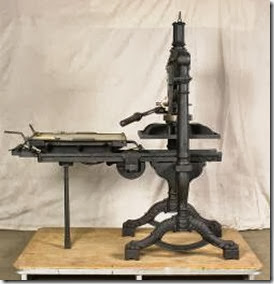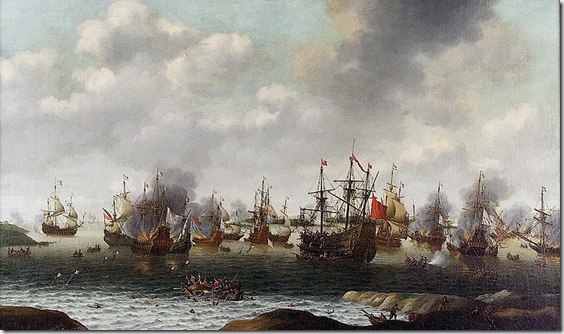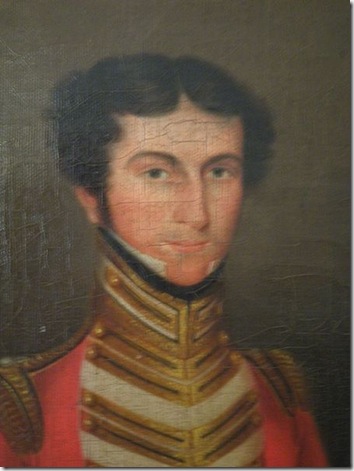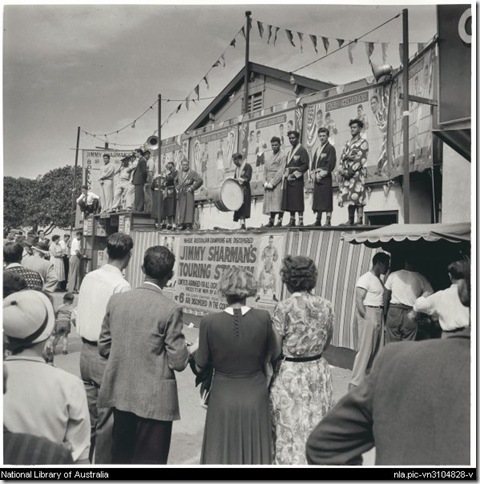In the early 1980s, a young Armidale historian named Brendan O’Keefe and his wife decided to renovate their house in Faulkner Street. There they made a remarkable discovery. They knew the house was one of the oldest surviving buildings in Armidale. Now, removing the inner walls, they found newspapers pasted to the inside of the outer walls as insulation. They proved to be the only copies ever found of a vanished newspaper, the Armidale Telegraph.
Our story begins on 1 December 1855. Armidale citizens concerned that their new town did not have a newspaper did as all civic activists have done to the present day. They convened a public meeting to consider the best way to establish a local paper for the New England district. A fund raising committee was formed and finally raised £89 12s and 6d.
The results of the meeting were advertised in the Maitland Mercury, the Sydney Morning Herald and the Empire. Two staff members from the Mercury, then the North’s premier newspaper and still the second oldest surviving paper in NSW (the Sydney Morning Herald is the first, the Armidale Express the third) decided to accept the challenge, 
Early in 1856, William Hipgrave and Walter Craigie loaded their newly acquired printing press and other kit onto a bullock dray and set out from Maitland for Armidale. It took them twenty seven days. They called their paper the Armidale Express, with the first edition appearing on 5 April 1856. The photo shows the actual press they used.
Now, as is often the case, there was a perceived problem with media bias. Despite its editorial claim of independence, the Express supported the liberal cause and was anti-squatter from the beginning. Note the small l in liberal. In the still ill-defined political spectrum of the time, this placed the Express on what we would now call the left.
In 1856, this created some difficulties when Express campaigning help defeat T G Rusden, the then squatting member for New England and the Macleay. Moves began to create a new paper to oppose ‘the mendacious and one-sided’ coverage of the Express. This took time, but in January 1865 the squatting candidate Theophilus Cooper and his supporters persuaded Frank Newton to establish a new newspaper in Armidale.
Newton had just established a new paper in Grafton called the Grafton Herald. It took him time to close this and move his plant to Armidale where he launched the Armidale Telegraph on 4 March 1856. By then, the election was over and Cooper in fact triumphant.
Frank Newton now faced a problem that became worse with time. The fights over land tenure that lay at the heart of the dispute between liberals and squatters were largely resolved later in 1856. The cause that had brought Newton to Armidale had largely lost its relevance.
Newton struggled on for some time in the face of an entrenched competitor. Finally, on 29 June 1872, he closed the Telegraph and moved his entire plane to Inverell where he opened a new paper, the Inverell Dispatch, vanishing from our sight until the O’Keefe’s discovery. .
Note to readers: This post appeared as a column in the Armidale Express Extra on 18 September 2013. I am repeating the columns here with a lag because the columns are not on line outside subscription. You can see all the Belshaw World and History Revisited columns by clicking here for 2009, here for 2010, here for 2011, here for 2012, here for 2013.












